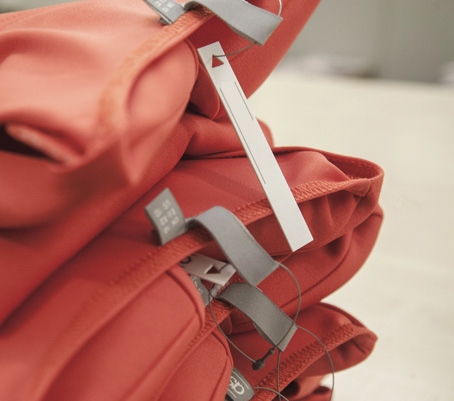The Psychology of Shopping on the High Street

15-02-2018
Once upon a time shops were relatively simple enterprises. Now, all sorts of methodology is implemented when it comes to trying to attract customers and ultimately make them purchase an item.
It could be argued that some of the most interesting psychological tactics derive from the fashion industry. Take a walk down any major high-street and you will be sure to notice certain techniques, and we’ll now look at some of the most popular ones to highlight the point in-detail.
Folded Clothes
 Some of the psychological techniques we will talk about might apply to multiple industries, but there’s no doubt that this first one is pretty much unique to the fashion market. If you were to walk down the high-street, whether it’s the shops in Covent Garden or another area of the country, you will come across some stores which don’t hang their clothes – they fold them. It creates a completely different atmosphere in the store, but there is a reason behind this approach.
Some of the psychological techniques we will talk about might apply to multiple industries, but there’s no doubt that this first one is pretty much unique to the fashion market. If you were to walk down the high-street, whether it’s the shops in Covent Garden or another area of the country, you will come across some stores which don’t hang their clothes – they fold them. It creates a completely different atmosphere in the store, but there is a reason behind this approach.
Not only do the clothes look neat, but they also encourage customers to touch the garments. As they can’t be seen in their full show, customers are forced to pick them up. It’s the touch of the material which can make a customer more attached to these products, according to various studies.
Of course, this approach isn’t going to work if a garment isn’t made of high-quality material; it’s going to work in completely the opposite way and put off the customer. However, in relation to Covent Garden and other upmarket London high streets, we’re going to assume that a lack of quality isn’t an issue anyway.
The lure of the end cap
 In some stores it might be the end cap, while in others it might be an island in the middle of the store. There’s a reason all of these outlets have these areas in their stores though – it’s something that draws a lot of attention from shoppers.
In some stores it might be the end cap, while in others it might be an island in the middle of the store. There’s a reason all of these outlets have these areas in their stores though – it’s something that draws a lot of attention from shoppers.
You might not issue a second glance to a new garment when it’s hanging on a rail with all of the other collections. When it’s in a more intricate setting, suddenly interest soars though. Immediately, more focus is placed upon the product – as there are fewer rivals competing for the customer’s eye.
Nothing in life is truly free
In truth, this is becoming less common in the fashion industry but it still exists. Some retailers are still tapping into the technique of issuing free gifts when a customer purchases a specific product. These gifts can be small accessories which might compliment the main product in question, or it might even be part of a buy-one-get-one-free offer which means the customer receives two of the same item.
Studies have shown that a customer is much more likely to buy a product if it is supplemented with a free gift. The studies have also shown that customers are more likely to buy the product rather than if it was just plainly discounted.























